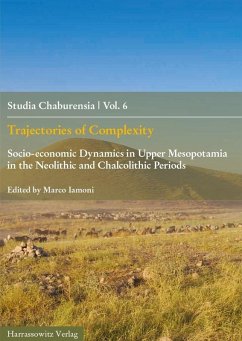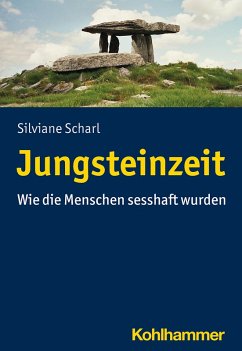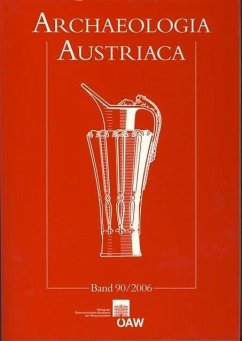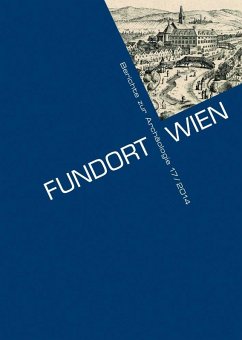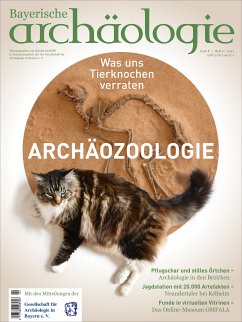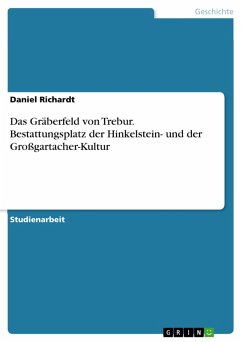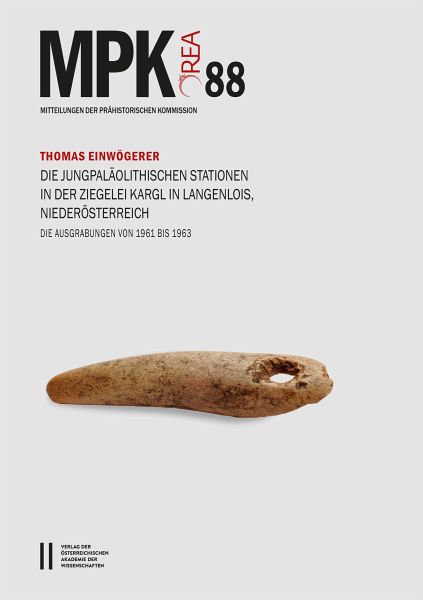
Die jungpaläolithischen Stationen in der Ziegelei Kargl in Langenlois, Niederösterreich (eBook, PDF)
Die Ausgrabungen von 1961 bis 1963. Mit Beiträgen von Martina Hinterwallner und Martina Pacher
Redaktion: Horejs, Barbara
Versandkostenfrei!
Sofort per Download lieferbar
Statt: 129,00 €**
95,00 €
inkl. MwSt. und vom Verlag festgesetzt.
**Preis der gedruckten Ausgabe (Broschiertes Buch)
Alle Infos zum eBook verschenken

PAYBACK Punkte
0 °P sammeln!
In den frühen 1960er-Jahren wurden auf dem Gelände der Großziegelei Kargl in Langenlois (Niederösterreich) mehrere räumlich und zeitlich voneinander getrennte Fundstellen des Jungpaläolithikums ausgegraben. Die vorliegende Publikation präsentiert die Ergebnisse der interdisziplinären Aufarbeitung dieser drei jungpaläolithischen Fundstellen. Für die Paläolithforschung im Donauraum ist vor allem die gravettienzeitliche Fundstelle A von besonderer Bedeutung. Der gut dokumentierte Lagerplatz mit einer Vielzahl an Artefakten und Befunden ermöglichte die Herausarbeitung latenter Struktur...
In den frühen 1960er-Jahren wurden auf dem Gelände der Großziegelei Kargl in Langenlois (Niederösterreich) mehrere räumlich und zeitlich voneinander getrennte Fundstellen des Jungpaläolithikums ausgegraben. Die vorliegende Publikation präsentiert die Ergebnisse der interdisziplinären Aufarbeitung dieser drei jungpaläolithischen Fundstellen. Für die Paläolithforschung im Donauraum ist vor allem die gravettienzeitliche Fundstelle A von besonderer Bedeutung. Der gut dokumentierte Lagerplatz mit einer Vielzahl an Artefakten und Befunden ermöglichte die Herausarbeitung latenter Strukturen wie Aktivitätszonen und einer möglichen Zeltkonstruktion. Die Analyse der Steinrohstoffe erlaubte zudem Aussagen zur Mobilität der Jäger- und Sammlergesellschaft vor rund 30.000 Jahren (calBP).
Dieser Download kann aus rechtlichen Gründen nur mit Rechnungsadresse in A, B, BG, CY, CZ, D, DK, EW, E, FIN, F, GR, HR, H, IRL, I, LT, L, LR, M, NL, PL, P, R, S, SLO, SK ausgeliefert werden.





